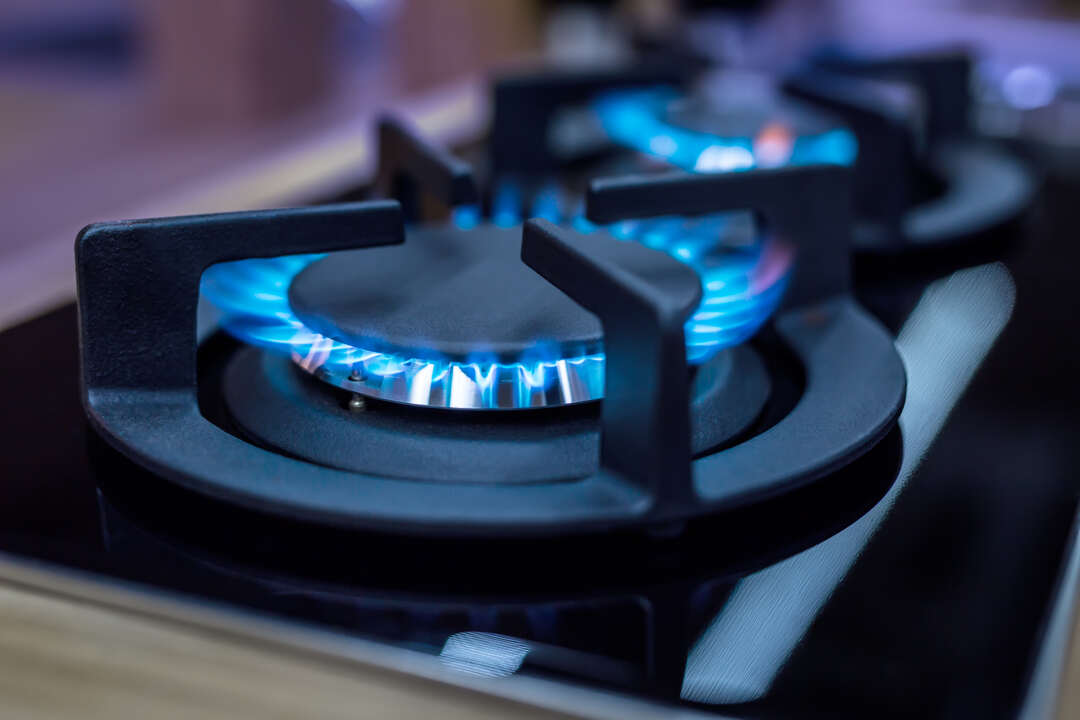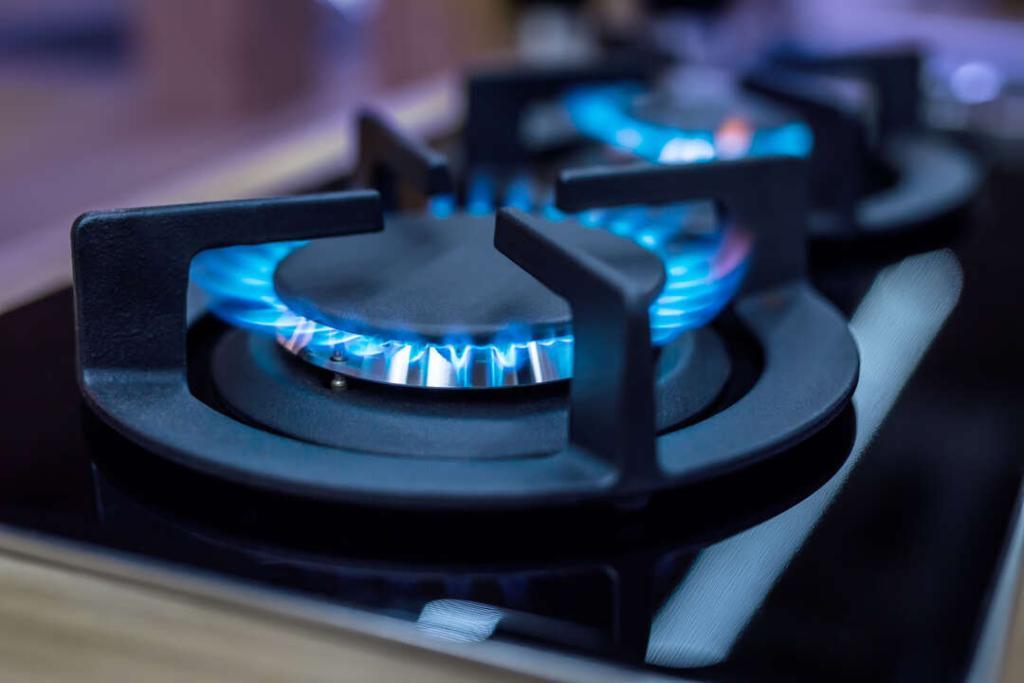
The Critical Effects of Carbon Monoxide Emissions from Cookstoves and Heaters on Human Health

Carbon monoxide (CO) poisoning is a significant health risk associated with emissions from cookstoves and heaters. The mechanism of CO poisoning is rooted in its interaction with hemoglobin in the blood. Hemoglobin is responsible for carrying oxygen from the lungs to the body’s tissues. When inhaled, CO binds to hemoglobin, forming carboxyhemoglobin (COHb), which has a 200 times greater affinity for hemoglobin than oxygen. This high affinity prevents oxygen from binding to hemoglobin, leading to a reduction in the amount of oxygen that reaches the body’s tissues [3].
The symptoms of CO poisoning are often misleading as they are non-specific and can easily be mistaken for other conditions such as flu or food poisoning. Initial symptoms include headache, dizziness, weakness, nausea, and confusion. These symptoms result from the body’s response to decreasing oxygen levels. The severity of symptoms depends on the CO concentration, duration of exposure, and the individual’s health status.
In severe cases, high levels of COHb can lead to more serious symptoms such as loss of consciousness, arrhythmias, seizures, or even death. Long-term exposure to lower levels of CO can also cause significant harm, leading to lasting neurological and cardiac complications.
The effects of CO poisoning can be particularly severe in individuals with pre-existing health conditions, such as heart and lung diseases. These individuals are at a higher risk because their bodies are already strained due to their underlying conditions, making them less able to cope with reduced oxygen levels.
Pregnant women and their unborn babies are another group at high risk. CO can cross the placenta, causing harm to the developing fetus. In fact, fetal hemoglobin has an even higher affinity for CO than adult hemoglobin, meaning that CO poisoning can lead to severe fetal hypoxia, potentially resulting in long-term neurological damage or even fetal death [4].
Introduction
CO emissions from cookstoves and heaters pose significant health risks, particularly in poorly ventilated spaces where the gas can accumulate to dangerous levels [1]. The World Health Organization (WHO) estimates that over 3.8 million premature deaths annually can be attributed to household exposure to smoke from dirty cookstoves and fuels, which often includes CO [2].
Carbon Monoxide Poisoning
When inhaled, CO binds to hemoglobin in the blood, forming carboxyhemoglobin (COHb), which interferes with the blood’s ability to carry oxygen. High levels of COHb can lead to tissue hypoxia, causing symptoms such as headache, dizziness, weakness, nausea, confusion, and even death in severe cases [3].
Chronic Low-Level Exposure
Research shows that chronic exposure to low levels of CO can also have adverse health effects. These may include exacerbation of cardiovascular diseases, neurological effects, and potentially impaired fetal development [4].
Cookstoves and Heaters as Sources of CO
Cookstoves and heaters, especially those that use biomass or kerosene, are significant sources of indoor CO. Inefficient combustion and poor ventilation can lead to high CO concentrations indoors [5].
Mitigation Strategies
Several strategies can mitigate the risks associated with CO emissions from cookstoves and heaters. These include improving stove design for more efficient combustion, using cleaner fuels, and improving ventilation in homes [6].
Testing for CO
Testing for carbon monoxide in your home is of paramount importance for the safety and well-being of your family. Carbon monoxide is a colorless, odorless gas that can be produced by common household appliances like furnaces, stoves, and water heaters. When it accumulates in enclosed spaces, it can lead to carbon monoxide poisoning, which can be life-threatening. Regular testing with carbon monoxide detectors ensures early detection of any leaks or faulty appliances, allowing you to take immediate action to ventilate the area, fix the problem, or evacuate if necessary. It’s a simple yet critical step in safeguarding your home against this silent but deadly threat, providing you with peace of mind and a safer living environment.
Conclusion
CO emissions from cookstoves and heaters pose substantial health risks, particularly in settings with poor ventilation. Efforts to reduce these emissions and their associated health impacts should focus on improving stove efficiency, promoting cleaner fuels, and enhancing indoor ventilation.
References
- U.S. Environmental Protection Agency. (2021). Carbon Monoxide’s Impact on Indoor Air Quality. https://www.epa.gov/indoor-air-quality-iaq/carbon-monoxides-impact-indoor-air-quality
- World Health Organization. (2018). Household air pollution and health. https://www.who.int/news-room/fact-sheets/detail/household-air-pollution-and-health
- Centers for Disease Control and Prevention. (2019). Carbon Monoxide Poisoning. https://www.cdc.gov/co/faqs.htm
- Hampson, N. B., & Weaver, L. K. (2007). Carbon monoxide poisoning: a new incidence for an old disease. Undersea & hyperbaric medicine. https://www.ncbi.nlm.nih.gov/pubmed/17952690
- Bruce, N., Perez-Padilla, R., & Albalak, R. (2000). Indoor air pollution in developing countries: a major environmental and public health challenge. Bulletin of the World Health Organization. https://www.ncbi.nlm.nih.gov/pmc/articles/PMC2560841/
- World Bank. (2011). Household Cookstoves, Environment, Health, and Climate Change: A New Look at an Old Problem. https://openknowledge.worldbank.org/handle/10986/27455



Leave a Reply